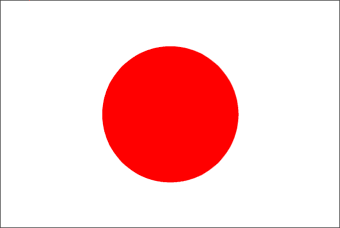Visual Function Classification System
for children with Cerebral Palsy
The Visual Function Classification System (VFCS) is a valid and reliable 5-level classification system that describes how toddlers and youth with cerebral palsy (CP) use visual abilities in daily life.
The VFCS takes into account the levels of activity and participation as described in the International Classification of Functioning, Disability and Health (ICF) developed by the World Health Organization (WHO).
The validation of the VFCS has been done with children between 1 and 19 years old
The importance of a visual functioning classification system for children with CP lies in the fact that children with CP often have vision disfunction. It that can be either due to the brain injury or injury of the eye structures (for example: retinopathy of prematurity, cataracts)
The goal of the group that developed the VFCS was to include vision with the existing classifications of abilities for individuals with CP (Gross Motor GMFCS, Manual ability MACS, Communication CFCS, and Eating and drinking EDACS). Consistent with all CP classifications, the VFCS:
-
is not intended to be used as an assessment tool,
-
does not explain the underlying reasons of the visual function abilities
-
highlights function abilities rather than limitations,
-
describes usual daily performance of a child with CP, rather than his or her best capacity
-
the lowest level corresponds to better functioning
This is why it is important to think about daily situations in typical environment when classifying the level of vision function ability of the child with CP. The classification can be completed by anyone familiar with visual function abilities of the individual, including a parent or caregiver, therapist or physician, or the individual themselves.
The definition of visual functioning used in the description of the VFCS scale levels intends to include all vision-related abilities of the individual, whether due to peripheral and/or cerebral vision impairment. It does not test, but reports, an individual’s level of vision utilization ability in daily life.
Translations from English into other languages
Translations based on specific guidelines, including forward and back translations and pre-testing, are in progress:
Reference
Baranello, Giovanni, et al. "Visual Function Classification System for children with cerebral palsy: development and validation." Developmental Medicine & Child Neurology 62.1 (2020): 104-110
Have questions or want to contribute?
Please send an email to pisasmilelab@fsm.unipi.it






















